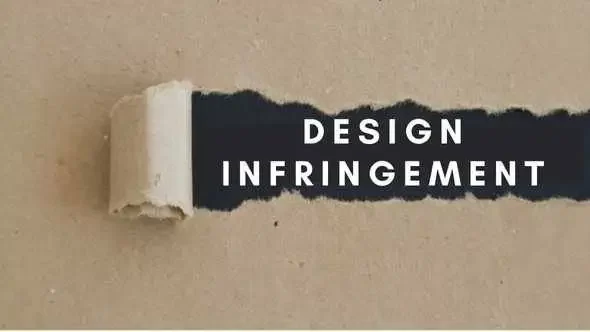In the realm of intellectual property, design infringement poses significant challenges for designers and creators. In India, the infringement of a registered design involves the unauthorized use or imitation of a protected design, which can lead to legal consequences. This article explores the concept of design infringement, notable cases, and the remedies available under Indian law.
What is Design Infringement?
Design infringement occurs when an individual or entity unlawfully uses a registered design or produces a fraudulent imitation of a registered design without the consent of the owner. This unauthorized usage may involve manufacturing, selling, or publishing the design for commercial purposes. Design owners have the right to seek damages and injunctions against infringers to protect their intellectual property rights.
Types of Design Infringement:
Design infringement can manifest in various forms, including direct replication or subtle imitation of a registered design. The determination of infringement involves assessing the similarity between the registered design and the alleged infringing design. Factors such as overall appearance, specific features, and consumer confusion are considered in this evaluation.
Legal Framework:
In India, design infringement is governed by the Designs Act, 2000, which outlines the rights and liabilities of design owners and infringers. Section 22 of the Act addresses the piracy of registered designs, prohibiting the unauthorized replication or importation of designs without the owner’s consent. The Act provides for civil and criminal remedies to address instances of infringement.
Essential Requirements for Design Protection:
To qualify for protection against design infringement in India, a design must meet certain criteria:
- Originality: The design should be novel and not previously disclosed to the public.
- Distinctiveness: It should be distinguishable from existing designs or combinations.
- Non-Disclosure: The design must not have been publicly disclosed before registration.
Rights of Design Owners:
Upon registration of a design under the Designs Act, owners acquire exclusive rights, including:
- Application of the registered design to relevant articles.
- Publication or exhibition of articles bearing the registered design.
- Importation of articles featuring the registered design for sale.
Remedies for Design Infringement:
Design owners have several remedies available under Indian law to address infringement, including:
- Monetary Damages: Infringers may be liable to pay a nominal sum or damages as determined by the court, not exceeding prescribed limits.
- Injunctions: Design owners can seek injunctions to prevent further infringement by the offending party.
- Administrative Measures: Owners can file applications with the Registrar of Copyright to stop the importation of infringing products.
- Criminal Penalties: In cases of intentional infringement, offenders may face imprisonment and fines under the Copyright Act, 1957.
Design infringement poses significant challenges for designers and businesses seeking to protect their intellectual property. By understanding the legal framework and available remedies, design owners can effectively safeguard their rights and prevent unauthorized use of their designs.












